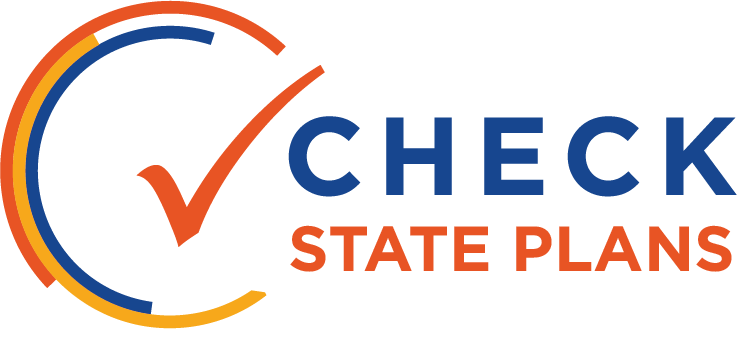
INDICATORS

New Jersey articulated a simple list of indicators and clear explanations of how those indicators will be included in the state’s system and why.
Its system will include student achievement (English language arts and math), student growth, high school graduation rates, English language proficiency, and chronic absenteeism.
New Jersey may also want to consider ways to broaden its focus beyond math and reading over time. For example, the state could consider including additional subject areas, such as science.
The inclusion of chronic absenteeism includes all grades K-12, which is a way to capture students who may otherwise be forgotten or ignored, but it may not do enough to change the trajectory of the large percentage of students in subgroups who have to make dramatic improvements in order to graduate college and career ready.
New Jersey should place greater weight on four-year graduation rates over five-year rates.
At the high school level, New Jersey proposes to equally weight four- and five-year graduation rates, but it could strengthen its plan, and link it closer to the state’s long-term vision, by attaching greater weight to the four-year rate.
Given that the state has a 70 percent remediation rate at its community colleges and a 32 percent remediation rate at its public four-year colleges, it is notable that New Jersey did not take advantage of ESSA flexibility to include a college-and-career-readiness indicator for its high schools.
New Jersey indicates it has plans to collect additional stakeholder feedback to help inform its system moving forward.
Those activities could be an opportunity to revise, update, or add indicators as needed.
 Overview
Overview





